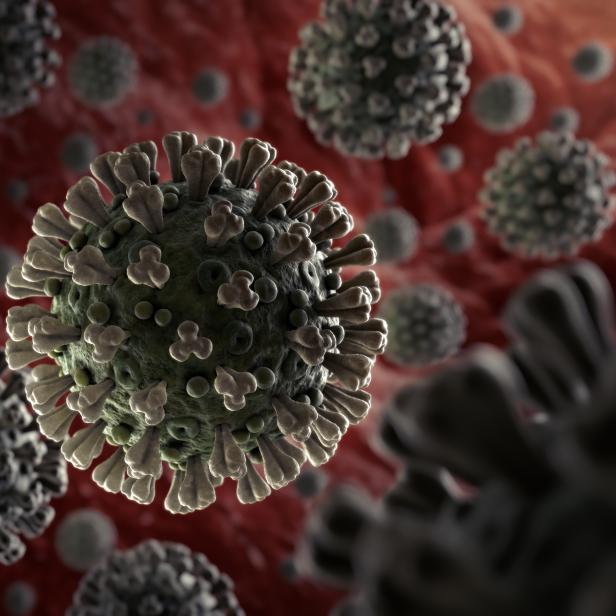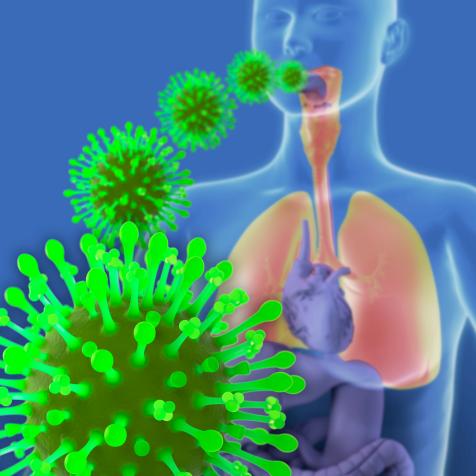
FPM
The Coronavirus: What You Need to Know About the Virus
As the death tolls rise, Coronavirus is on the minds of people all over the world. Learn about this new virus and how we got here.
Originally published: 2/20/2020
Updated: 3/9/2020
“Have you visited Mainland China in the last 14 Days?” is a question all travelers are being asked before checking into their flights on most major airlines around the world. This prompt is required due to the fatalities caused by the Coronavirus increasing to above 2000 as of February 19, 2020, and they are continuing to climb.
Now designated COVID-19 and called the 2019 Novel Coronavirus by the World Health Organization, this specific strain is new, and researchers are gaining insights daily. Discovered in late December 2019 in a group of people with pneumonia from Wuhan, China, it has spread all over the world in less than two months.
Much like the flu, there are multiple strains of Coronavirus. Over the past 20 years, we have had severe outbreaks of more intense forms of Coronavirus that took over the news. In 2003, there was SARS-CoV (Severe Acute Respiratory Syndrome) and in 2012 there was MERS-CoV (Middle East Respiratory Syndrome)--both were fast moving and deadly.
To understand the 2019 Novel Coronavirus, is to understand the source, and that is something researchers are still unsure of. It is known that Coronaviruses in general are found in a host of animals, and sometimes the virus can pass to humans. This is known as a spillover. In the case of SARS, it was found that the animal source was civet cats, and MERS came from camels. Scientists are hypothesizing that one of the world’s most trafficked animal, the pangolin, could be the proverbial patient zero, but there is no hard evidence of this.
This leads to some more specific questions for the public that range from conservation to personal protection. Conservationists are pushing for the stop of the global animal trade. This could potentially halt the spread of diseases. In the case of COVID-19, the first group diagnosed were workers in a fish and animal food market in China.
When it comes to what you can do personally to prevent the spread of this virus. Wash your hands. Much like the flu, hygiene is key, along with the personal responsibility of staying home when you’re sick. Have a trip planned and you don’t want to cancel? Talk to your doctor and find out if it may be safer to skip the flight and get yourself better. Contrary to popular belief, masks are likely futile in the effort to combat the spread of coronavirus and the CDC recommends against their use in this case.
We leave you with this. This strain of the Coronavirus has a worldwide impact, and as time progresses, doctors and scientists will discover new information daily. Be safe, do your research, and avoid the mass hysteria. You can protect yourself against this and hundreds of other viruses through knowledge and hygiene.
UPDATE:
Since the original publishing of this article, things have progressed rapidly, but not much has changed for individuals not directly exposed to the virus. Keep washing your hands and pay attention to local officials in regard to the spread of the virus in your area. There is nothing you can prepare, but there are things you can do to protect yourself—and that includes certain things you shouldn’t be doing!
There is no evidence that wearing masks protects you from the new Coronavirus.
The only time a person should be wearing a mask, in regard to COVID-19, is if they are experiencing symptoms themselves or taking care of a person suspected of harboring the illness. Moral of the story: Leave the masks to the medical professionals, the shortage due to public hysteria is becoming damaging.
Social Distancing is Important
Maintain a distance of three feet or more from anyone, especially if they are coughing or sneezing. If you are sick, stay home! No store, no work, no nothing! Take this time to make yourself better.
Hygiene, hygiene, hygiene!
This can’t be stressed enough, wash your hands- no less than 20 seconds, with soap, and running water. If you don’t have those things available—hand sanitizer with an alcohol content above 70% will suffice, until you can get to a sink. Feel a sneeze coming on? Reach for a tissue and cover your nose and mouth, and immediately toss the tissue in the trash. What comes after that? You guessed it! Wash. Your. Hands! Clean frequently used surfaces with disinfecting wipes or sprays.
You can find everything you need to know about Coronavirus, and the global implications from a health standpoint from the Center for Disease Control and the World Health Organization.









